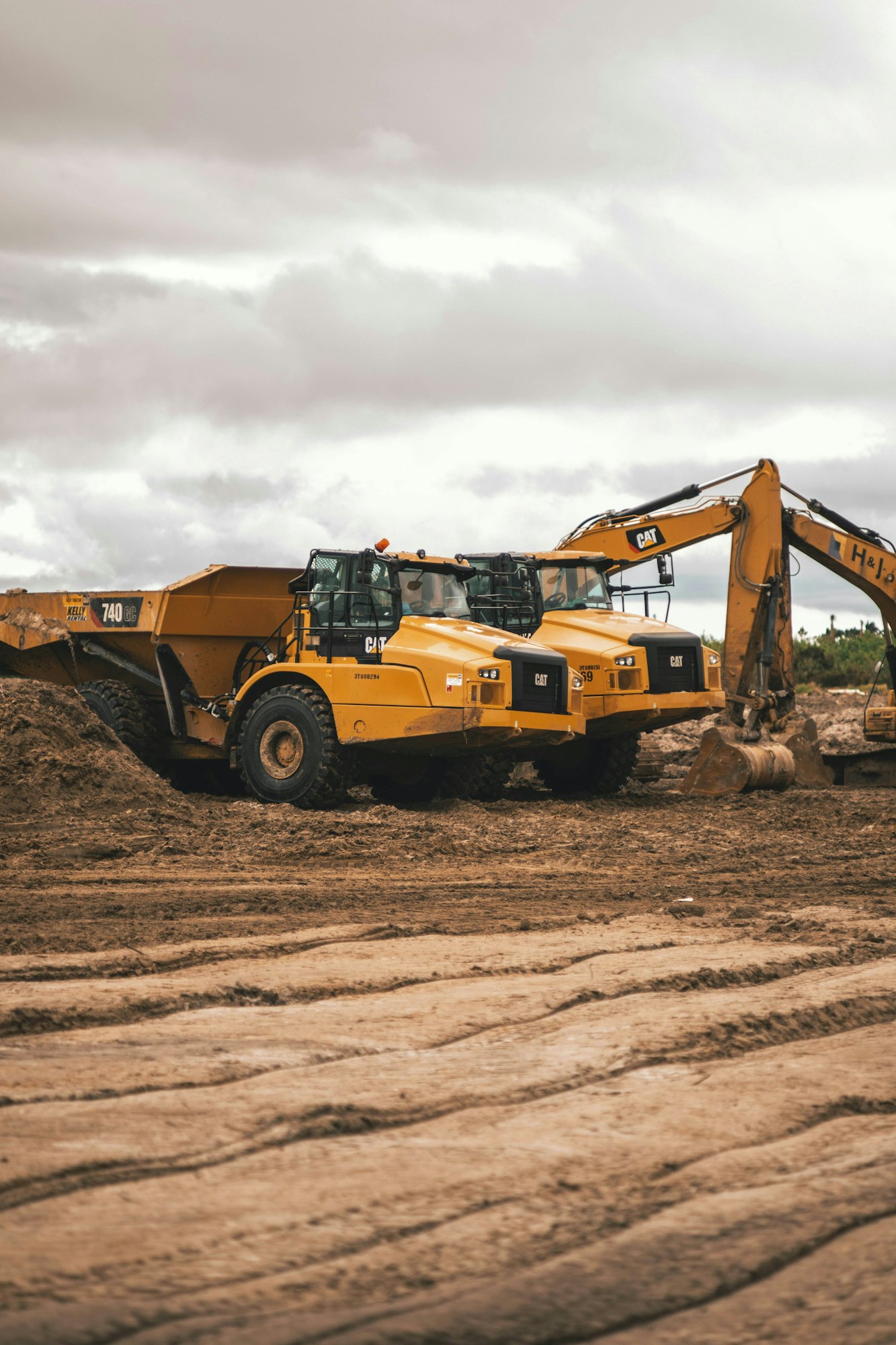June 2, 2025 — Capital Projects Update: Planning Ahead to Keep Things Flowing
In a blog post last March, we introduced Boxelder Sanitation District’s Master Plan—a forward-looking document designed to guide capital improvements over the next 20 years. Since then, progress has continued behind the scenes to shape this plan into a useful, working document that supports Boxelder’s goal of delivering reliable and efficient wastewater service while staying ahead of infrastructure needs.

So, how does the District determine which projects to tackle and when? It all comes down to careful planning, risk management and data-driven decision-making. With just 14 staff members managing everything from plant operations to engineering, Boxelder takes a strategic, proactive approach to avoid costly emergencies. Projects are prioritized based on a combination of factors, including infrastructure age, condition, capacity needs, risk of failure and available funding. The District maintains a 10-year Capital Improvement Plan, which also provides guidance for prioritizing projects. That means Boxelder can space out significant costs, respond quickly when unexpected issues arise and ensure the system continues to meet both current and future needs.
Here’s a look at where key capital projects stand today and what’s coming next:
Old Clay Interceptor (OCI) & Cooper Slough Interceptor – In Design
The Old Clay Interceptor (OCI) and Cooper Slough Interceptor projects are currently in the preliminary design phase, with consultants studying four potential routing alternatives to determine the best path forward. Once we pick an alternative, we will choose a final design, and construction will begin. These projects serve dual purposes: repairing aging infrastructure that benefits all current customers (OCI) and enabling future growth in the District (Cooper Slough). Outreach to affected property owners will occur as plans progress.
Rest Area Lift Station Force Main Replacement – In Design
Another important initiative under review is replacing the force main from the Rest Area Lift Station. This line currently crosses under I-25 and follows the Poudre River to the treatment plant, placing it at risk of failure or washout during floods.
The District is exploring a new alignment that would keep the line entirely on the east side of I-25, connecting it to the newer Drake Interceptor. While the current line remains in good condition and could last decades, the team is weighing feasibility and fiscal responsibility to determine whether the replacement is the right move. This project is still in the design study phase and is budgeted to begin in 2026.
Wastewater Treatment Plant Digester Thickening Project – Moving Toward Design/Contractor Selection
The District completed the preliminary design for the wastewater treatment plant digester thickening project in January 2025 and presented it to the Board. It’s now advancing into design and contractor selection, with construction likely to begin in 2026.
This project includes two components:
- Scum Line Replacement: The floating materials (yes, technically called “scum”) collected at the surface of the clarifier need to be more effectively routed back to the digesters.
- Digester Thickening: Improvements to the digestion process that support efficient solids management and system performance.
What Else is Coming in 2025?
Several additional initiatives are on deck for 2025, including:
- Wastewater Treatment Plant Master Plan: A new long-range planning effort to evaluate the facility’s needs over the next 30 years in light of evolving regulations, such as potential limits on PFAS, stream temperature and nutrient discharge. A request for proposal (RFP) for a consultant is in the works.
- Collection System Rehabilitation & Manhole Upgrades: Manhole rehabilitation will begin, addressing corrosion in older manholes by lining them with protective epoxy and replacing covers where needed. Fun fact, there are exactly 2,294 total manholes in the district.
The Bigger Picture: Staying Proactive
While each of these projects addresses specific challenges, they’re all guided by Boxelder’s broader commitment to staying ahead of potential problems. Rather than waiting for infrastructure to fail, the District focuses on preventative maintenance, risk mitigation and thoughtful investment. With an evolving asset management system and a collaborative, in-house team, Boxelder is working to ensure the system continues to operate smoothly—now and well into the future.
Stay tuned for more updates as these projects advance, and thanks for being part of a community that values long-term planning and reliable service.
